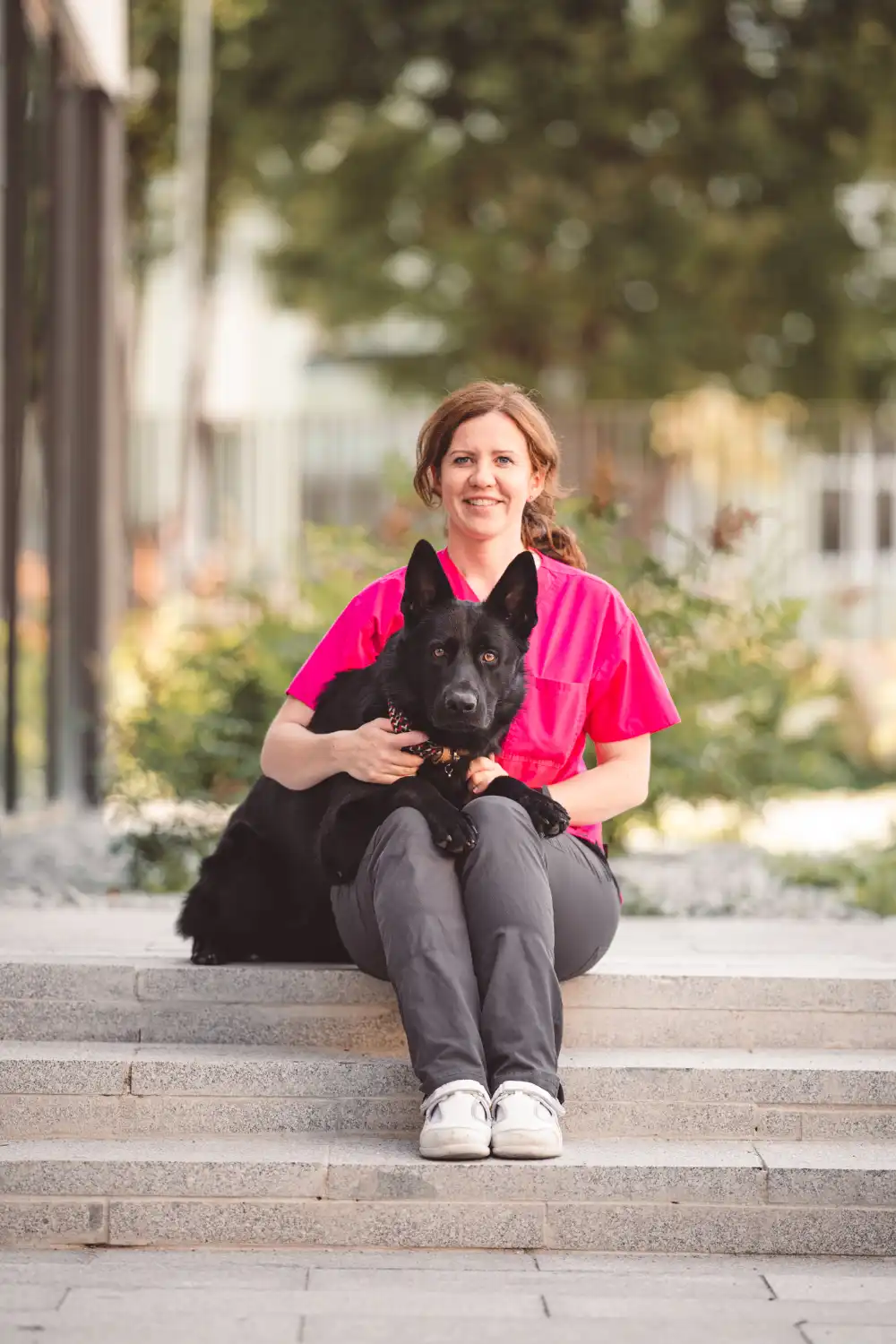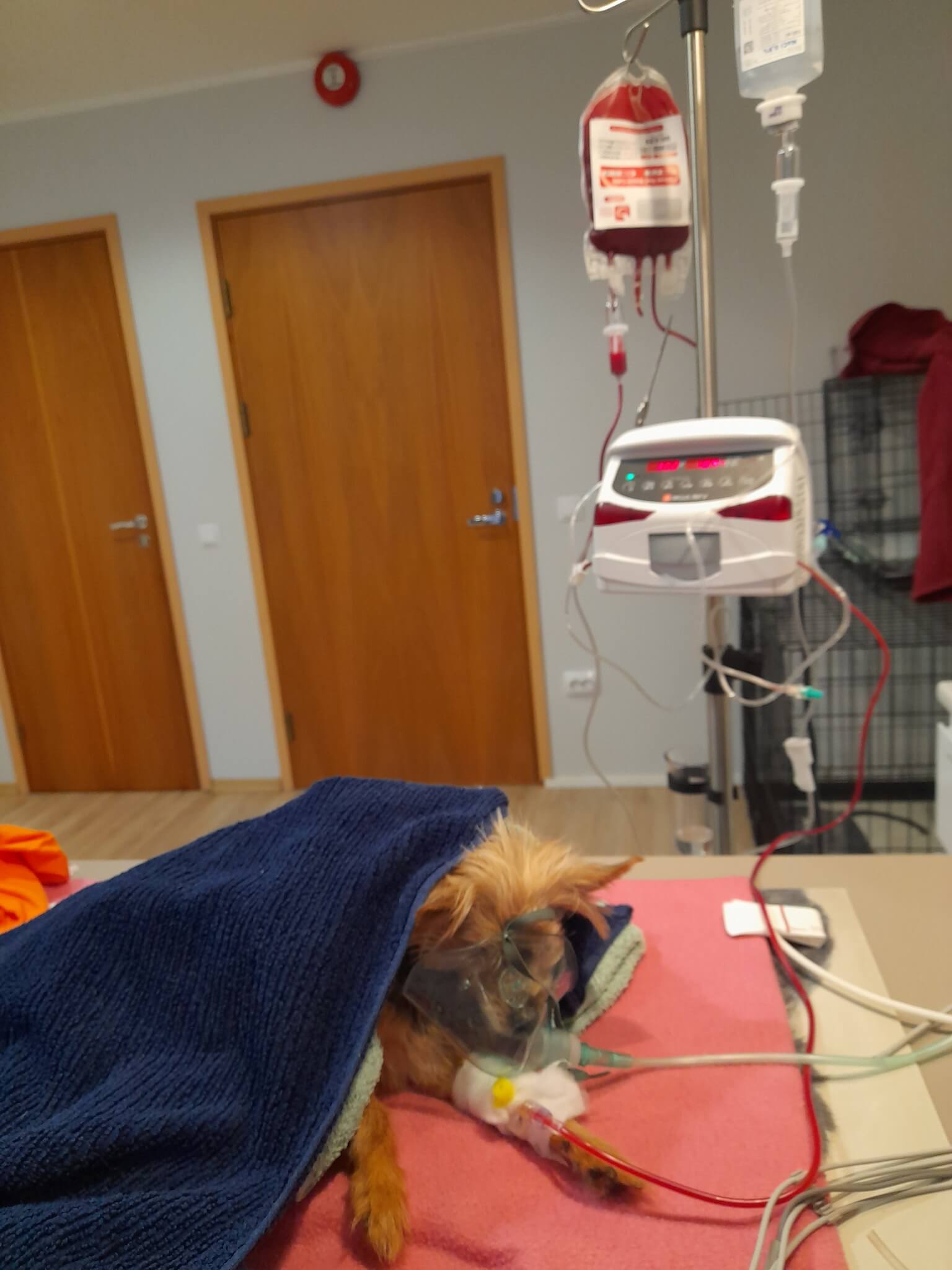Humans sweat to cool themselves, but dogs and cats don’t because they don’t have sweat glands in their skin. Cooling themselves is much more difficult. They regulate body temperature through the respiratory system.
Heatstroke is more common in overweight animals and animals with heart disease.
Symptoms of heatstroke include: shortness of breath, hyperthermia, apathy, sluggishness, loss of appetite, and imbalance. If the condition has progressed, seizures may also occur, and there may be loss of consciousness.
What to do if your dog and cat are overheated? In general, avoid driving in hot weather. DO NOT leave the animal in the car waiting in the heat. In addition, the pet’s coat must be groomed beforehand. A well-groomed coat protects the animal from the heat. Water must be freely available. Special cooling mats can be used. Avoid active movement and exercise in hot weather. (This is especially true for dogs).
If overheating has already set in, provide plenty of water, move to a sheltered place, cover with wet towels or even pour cooler/ cooler water over them.
If the body temperature rises above 40 c, make sure to consult a vet.
Normal body temperature of a dog. 37,8-39,2
Cat about 37,8- 39,3The body temperature must be measured from the buttocks of the animal using a digital thermometer.





